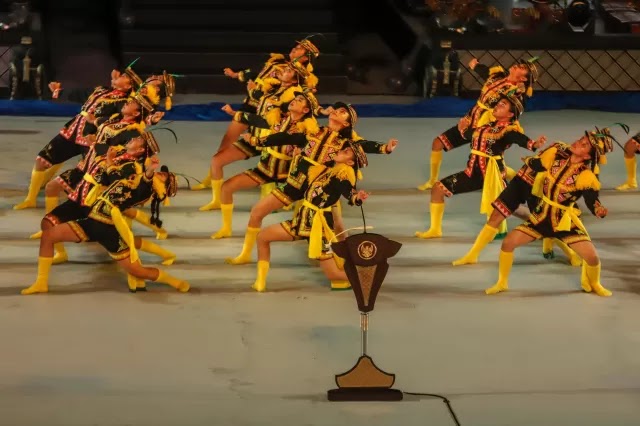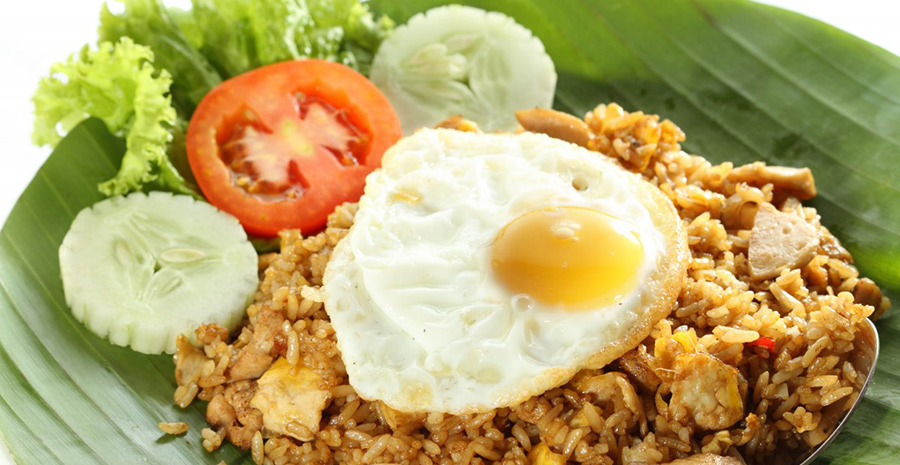Soto Ayam: A Delicious Indonesian Chicken Soup

Soto Ayam is a traditional Indonesian dish that has gained popularity not only in Indonesia but also in Singapore and Malaysia. This flavorful chicken soup is a beloved comfort food that is perfect for any occasion. Let's explore the deliciousness of Soto Ayam! Soto Ayam is made using a combination of ingredients such as chicken, lontong (rice cakes), noodles, and rice vermicelli. The chicken is usually simmered in a flavorful broth made from various spices and herbs, giving it a rich and aromatic taste. The dish is often served with a variety of condiments and garnishes, such as fried shallots, sliced boiled eggs, lime wedges, and fresh herbs like cilantro and green onions. These toppings add a burst of freshness and enhance the overall flavor of the soup. Soto Ayam is known for its versatility, as it can be customized according to personal preferences. Some variations include adding coconut milk to the broth for a creamier texture or using different types of noodles like egg nood...





